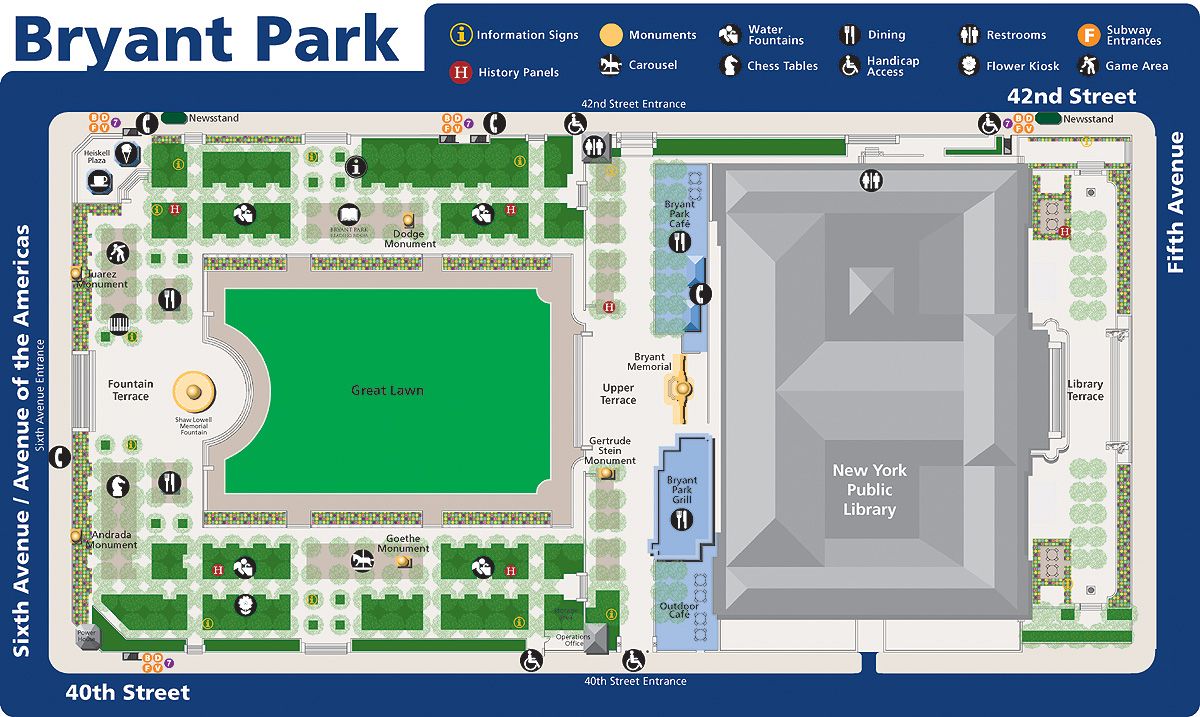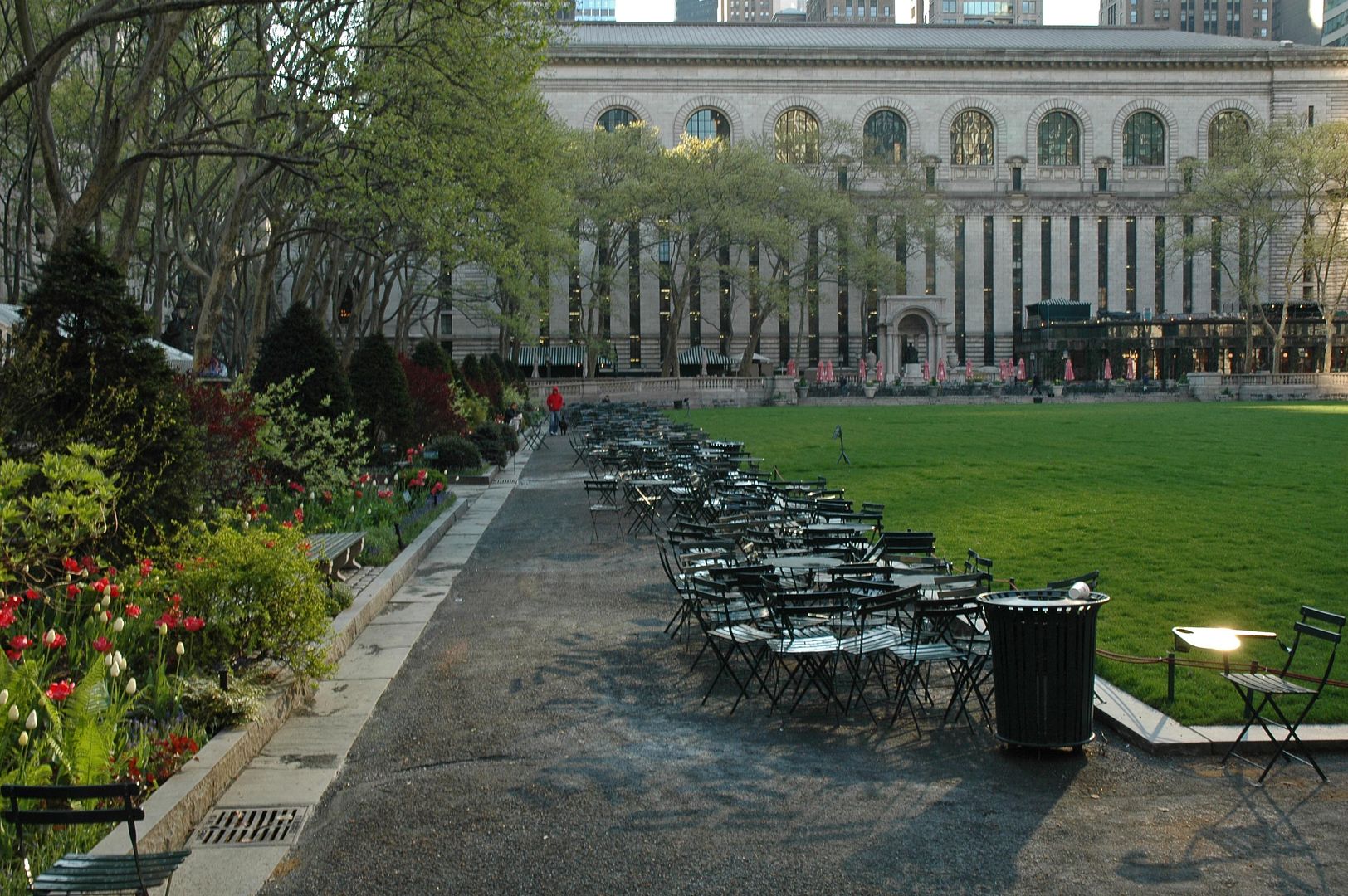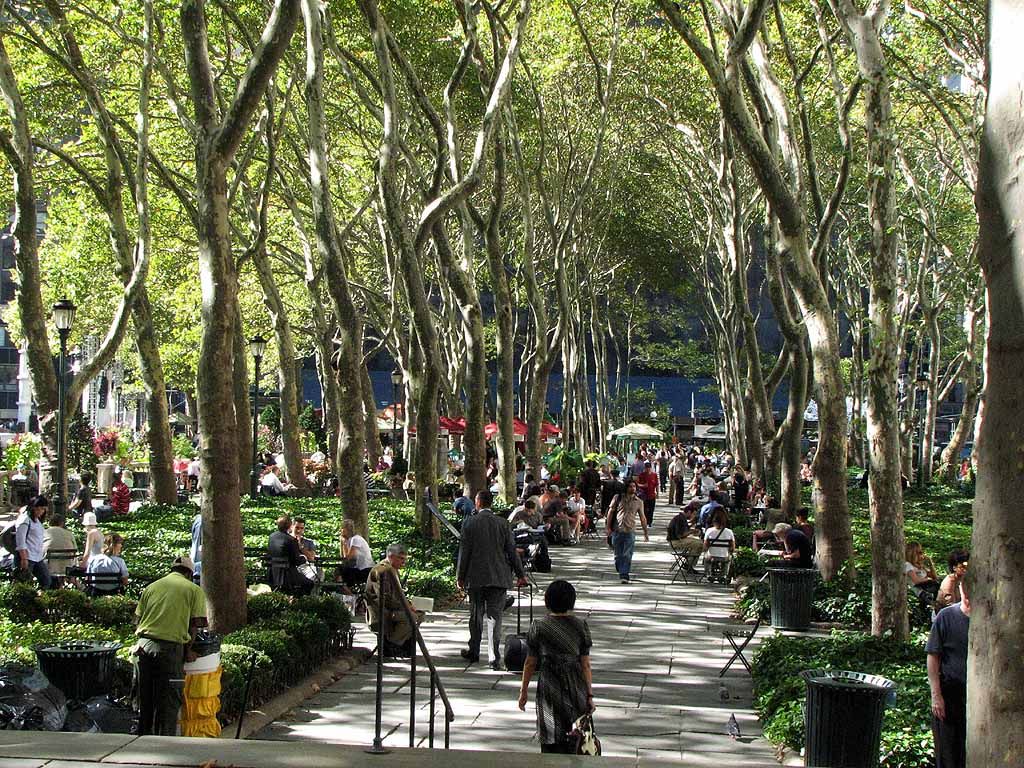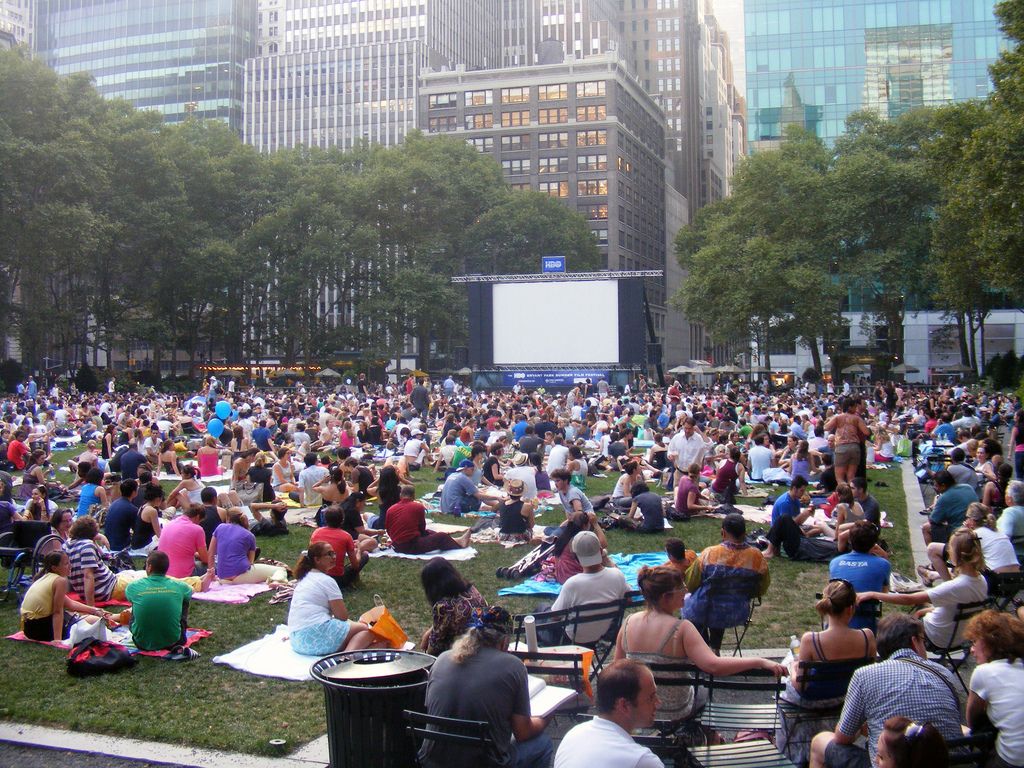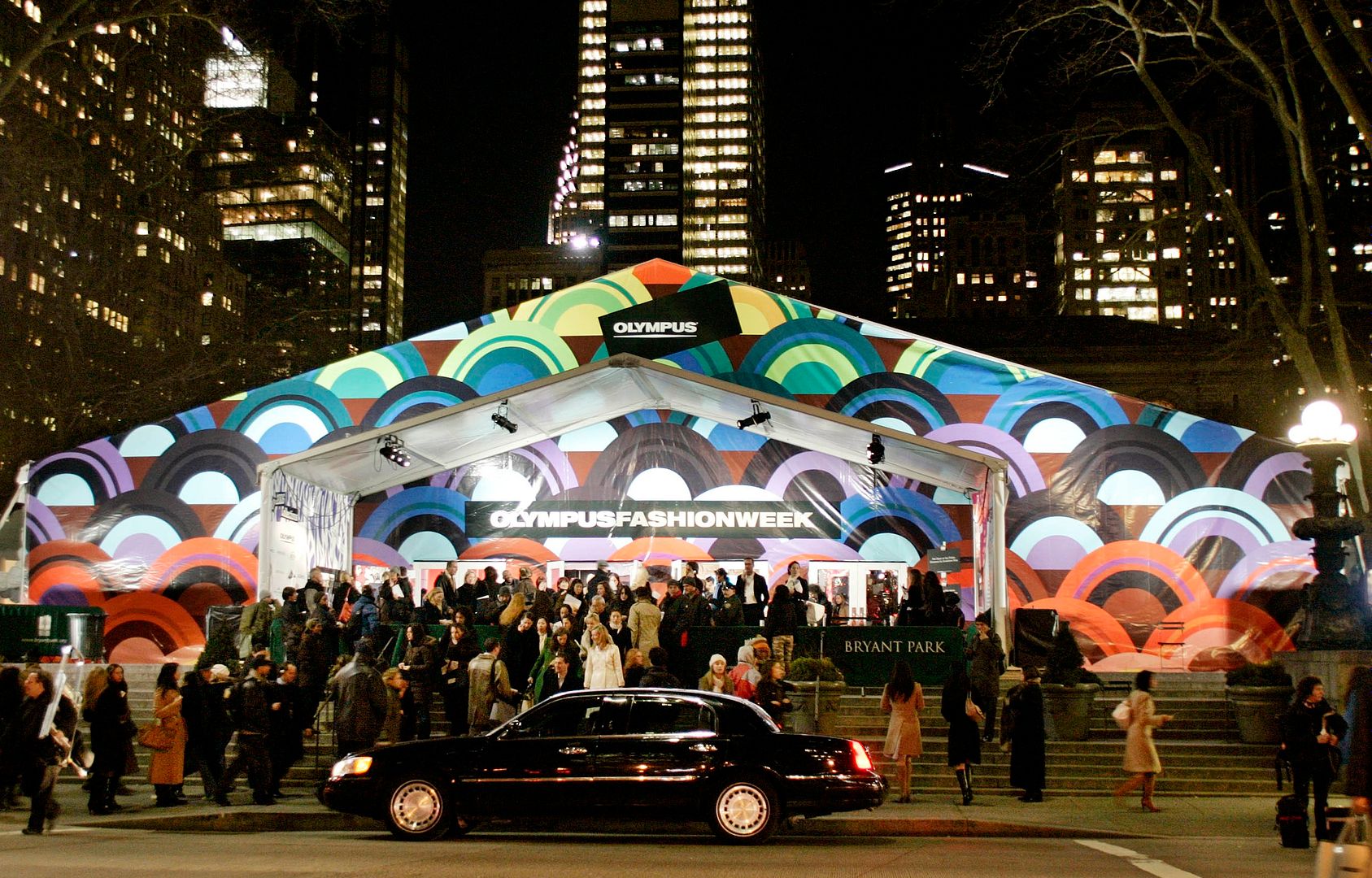LordWanker
Active Member
I traveled to Montreal again with a friend, who commented that Montreal is so much prettier than Toronto. Streets, shops, buildings, parks. It even gives an impression that Montreal is a bigger and wealthier city, because downtown Montreal doesn't have many skinny little houses we see on all the downtown streets. Instead, they have grand buildings made of stone or brick.
Do you realize that Montreal is much older than Toronto?
You really need to review this thread http://urbantoronto.ca/forum/showthread.php/6947-Miscellany-Toronto-Photographs-Then-and-Now to realize that Toronto DID have those grand buildings.





